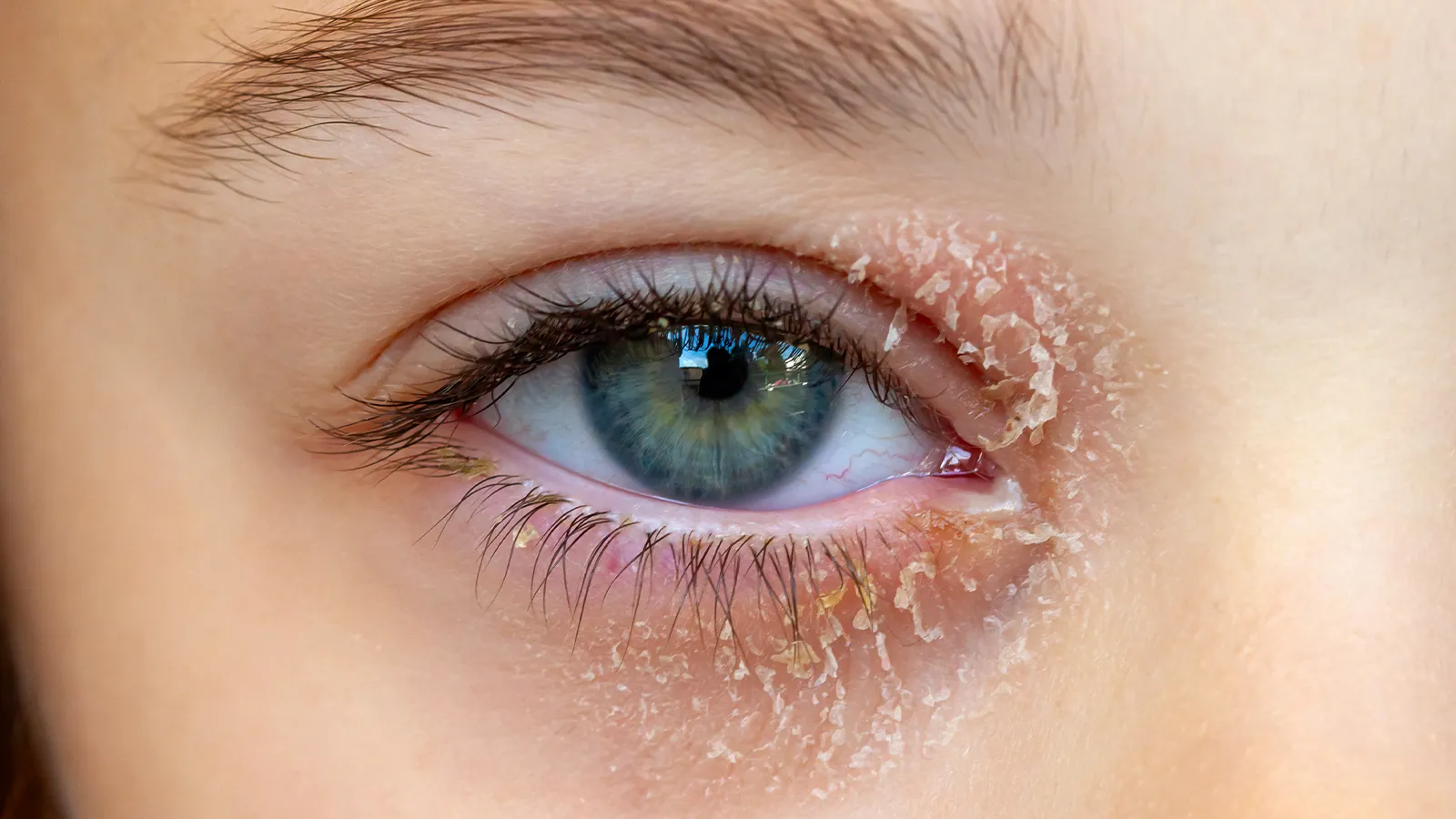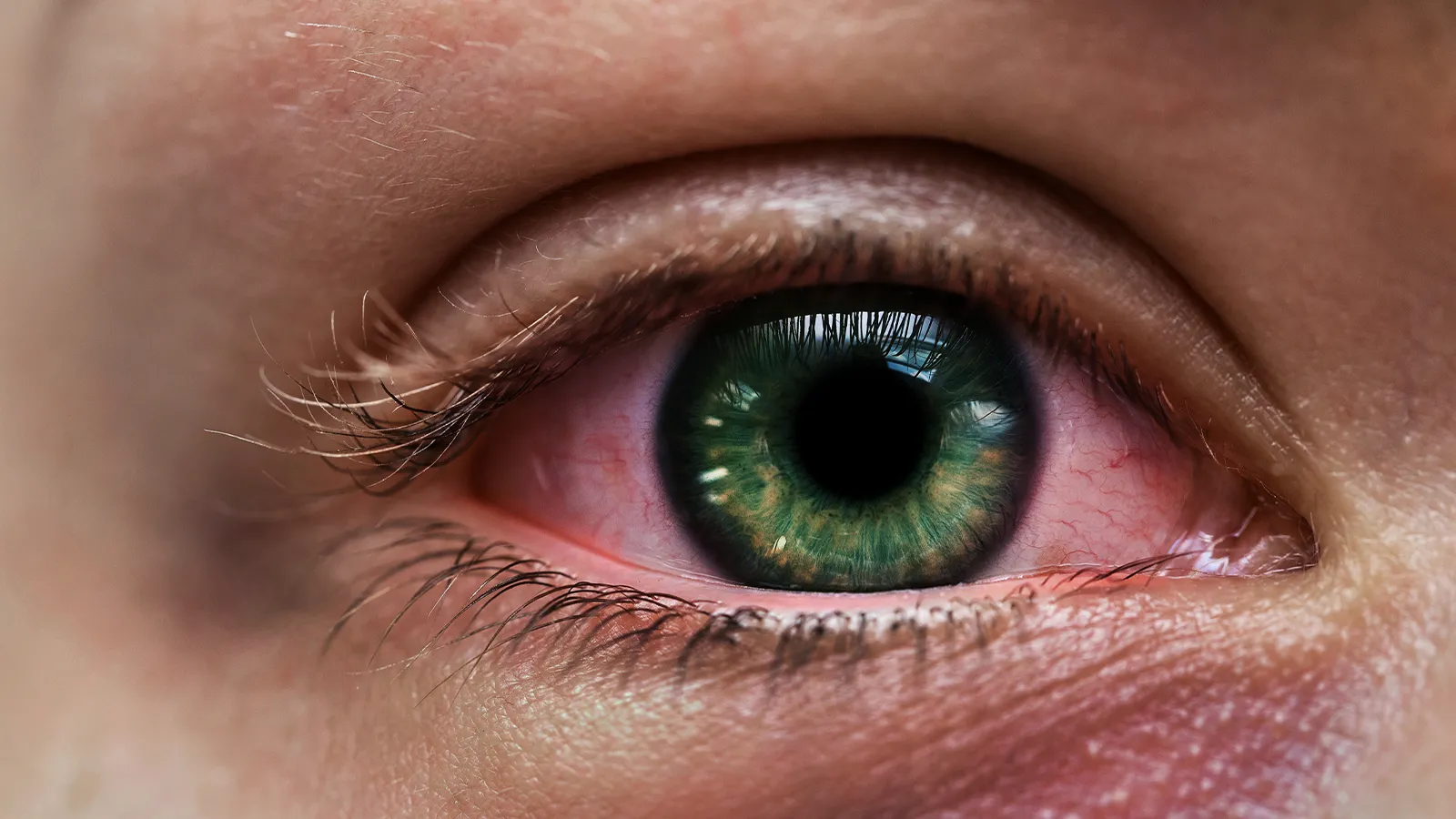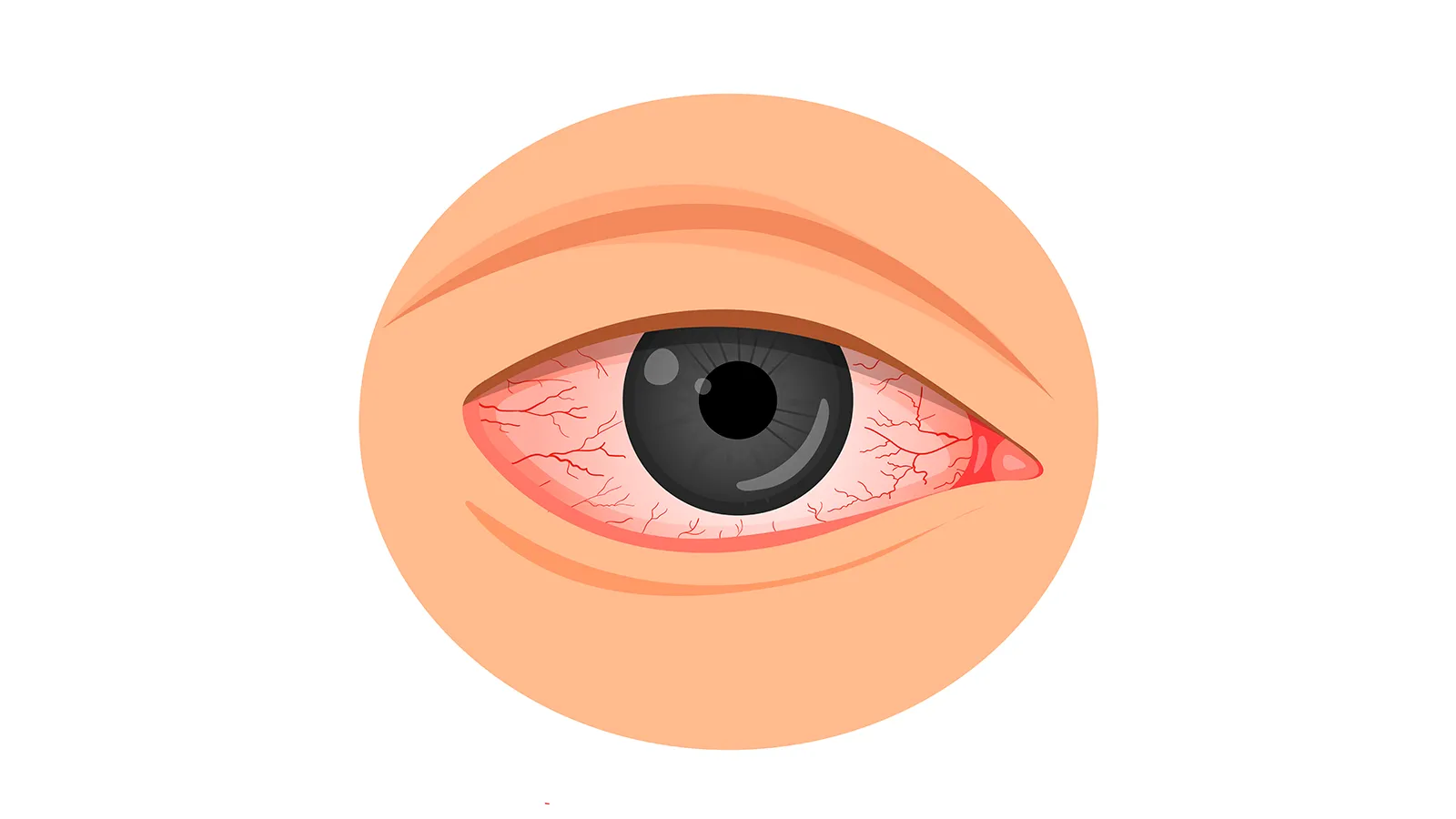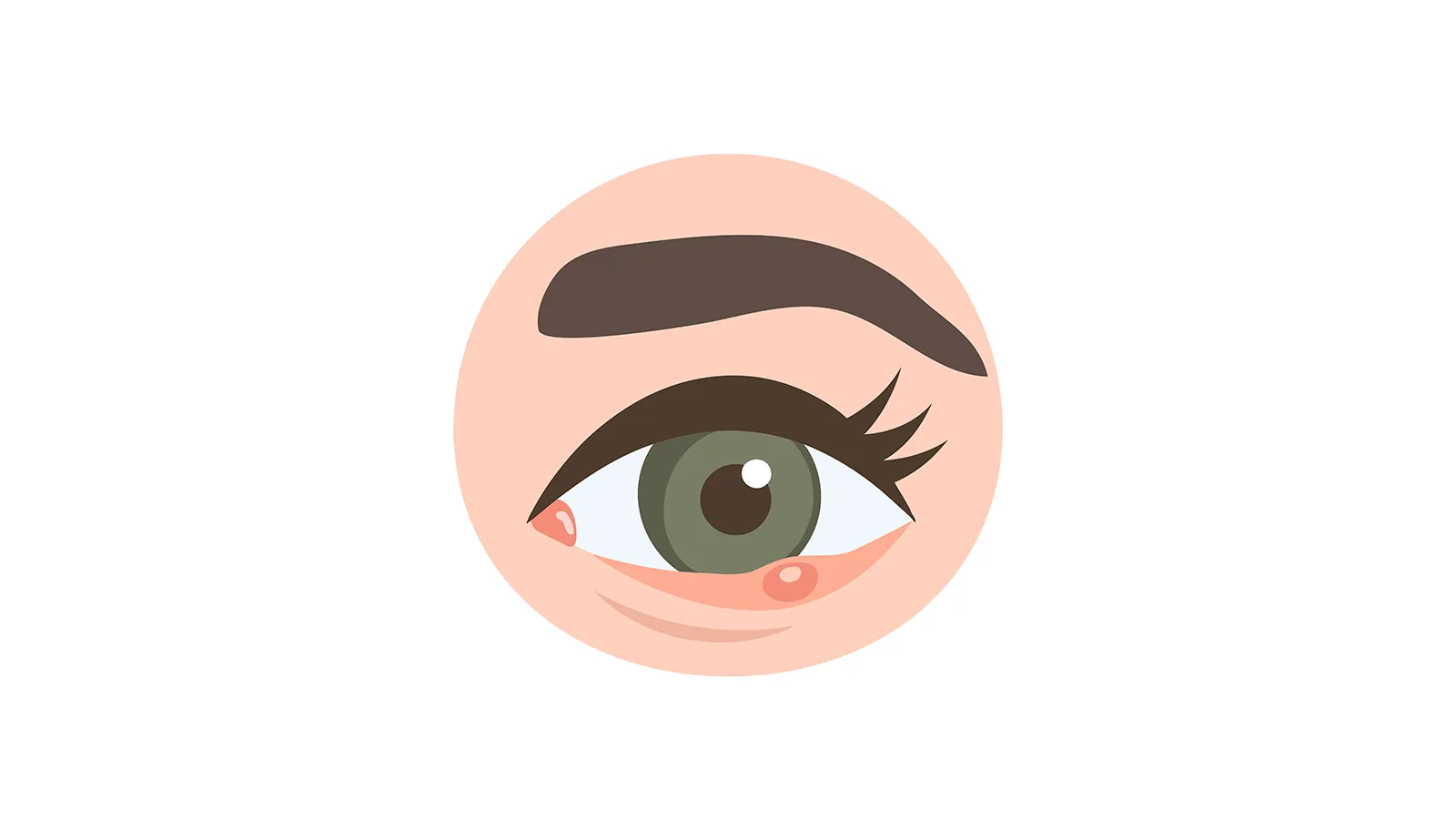Eye discharge is something we all have experienced, but we are still unaware of why it occurs. How many times have you seen a sticky white discharge accumulate in the eye corner? We can get rid of it by washing our face properly. Most of the time, eye discharge is not a matter of concern, though it can sometimes lead to the warning of significant eye problems.
Hence, you must not ignore a change in eye discharge. If discharge in the eye occurs quite often and in large amounts, then seek medical help. Though it might look like a harmless cause, it can lead to concern if you are not aware of its emergence. Read on to find out what eye discharge is, its causes, and treatment.
What is Eye Discharge?

Eye discharge, also known as “sleep” in your eyes, is often a condition of irritation. The accumulated eye discharge is composed of mucus, skin cells, oil and dirt from the eye itself. Generally, when you wake up, you will notice the eye discharge accumulated in the corners of your eyes. The state of the eye discharge is mostly sticky, but it can be wet, dry and crusty if there is evaporation in the liquid.
The main reason behind the occurrence of eye discharge, also known as rheum has a protective function towards our eyes. Commonly, eye discharge is responsible for removing dirt and dust from the surface. Your eyes need constant cleaning as they produce mucus all day long and act as a coat and lubricating the surface. However, the thin film of tears washes away the accumulated rheum once it starts to harden.
When you are asleep, eye discharge gets collected at the corner of the eye or along the lash line and eventually turns into crust. Hence, it is called the term "sleep" in your eyes. However, an eye discharge can be of different kinds, and these are the ones which need an eye examination. If you experience getting a large amount of eye discharge in green or yellow colour, or experience blurry vision, eye pain or light sensitivity, then it is a crucial sign of eye infection. You must seek immediate help from an ophthalmologist.
Where Does the Mucus in the Eye Come From?
Before shifting towards the cause and treatment, ever wondered where the mucus comes from in the first place? The eye discharge is predominantly made up of watery mucus and meibum (an oily substance). The meibum is a lipid-rich substance that protects the eye from hazardous environmental factors, which stick to it, hence it is unable to reach inside. The tissue called conjunctiva (also called mucin) is responsible for mucus production, and the meibomian gland produces meibum.
What are the Causes of Eye Discharge?
Eye discharge, if present adequately, is entirely harmless. However, if there is a noticeable change in the quality and colour of the discharge, you must check its cause.
Conjunctivitis (Pink eye)

Eye discharge is one of the major symptoms of conjunctivitis or pink eyes. It is an eye infection of the transparent membrane that covers the white of the eye (Sclera) and the inner surface of the eyelids. The blood vessels in the conjunctiva tissue get inflamed, hence it appears visibly red. Conjunctivitis eye discharges are present in different colours of mucus-like white, yellow or green depending on their type.
Viral Conjunctivitis: The cause of viral conjunctivitis is a virus, and it is highly contagious. In viral conjunctivitis, eye discharge is mostly watery. It can also discharge slight white or yellow coloured mucus.
Bacterial Conjunctivitis: Bacterial conjunctivitis is often a sight-threatening condition. Eye discharge due to bacterial conjunctivitis is dense and pungent. You will notice yellow, grey, or green mucus in this eye condition.
Allergic Conjunctivitis: Allergens like pollen, dust and others cause allergic conjunctivitis. Pollutants like makeup products, eye drops, contact lenses, etc, also lead to it. In allergic conjunctivitis, the eye discharge is in a watery form and affects both eyes.
Keratitis

It is a painful eye infection that affects the cornea. It is mostly caused by infection from either a virus, bacteria, a parasite or fungi, though it is not critically contagious. Apart from redness, eye pain, Keratitis symptoms involve excessive tears and other types of eye discharge.
Blocked Tear Duct/Dacryocystitis
In dacryocystitis, the tear duct gets blocked, which leads to severe pain and discomfort. Due to a blockage in the tear duct, the lacrimal sac, present in the tear drainage system that leads to the nose, gets severely infected. It leads to the formation of a swollen bump under the inner eyelid. It creates intense pain, redness in the eye, including watery eyes and sticky eye discharge.
Blepharitis
It is a chronic eyelid disorder that is caused by inflammation in the eyelash hair follicles or inadequate oil production via the meibomian gland. Blepharitis produces an abnormal amount of mucus and green-yellow pus from the eye.
Stye

Stye causes an occurrence of a pimple-shaped body on the eyelid that is often clogged by external dirt and dust. One of the common signs and symptoms of a stye involves redness in the eye, swollen eyelids, and uncomfortable eye movement. It also causes yellow pus and crusting on the eye that can infect other parts of the body.
What is the Treatment for Eye Discharge?
After examining the causes for eye discharge, the doctor will recommend the following treatment:
Lubricating eye drops
Steroid eye drops
Antibiotics
Warm compression on the eyes
Tips on How to Stop Eye Discharge From Happening
Wash your hands constantly
Do not treat eye discharge by force; consult only an ophthalmologist
Avoid using excessive eye makeup like mascara, eyeliner and others
Never sleep with contact lenses on
Use a cotton washcloth that is dipped in lukewarm water to wipe the corners
Treat dry eyes with eye drops
Concluding Thought
These tips and recommendations are only for the time with no severe condition. If you notice any considerable change, kindly consult your ophthalmologist at the earliest to avoid the issue from escalating further. In most cases, it shouldn’t take long and can be treated with minimal prevention and medications if detected early.
Widget 1:
Widget 2:
Widget 3:
Widget 4:

Widget 5:
Widget 6:

Widget 7:
Widget 8:
Widget 9:

Widget 10:

Widget 11:
Note: I have added the imageposition attribute in the widgets. There are some key points to be used in the imagepostion attribute "center, left, right, 10(this will be any number starting from 1-100)".
Also from now onwards you can use the child sku as it is.
Caution: You may become style obsessed
Your way finder
A Frame For Every Game.























































































































































